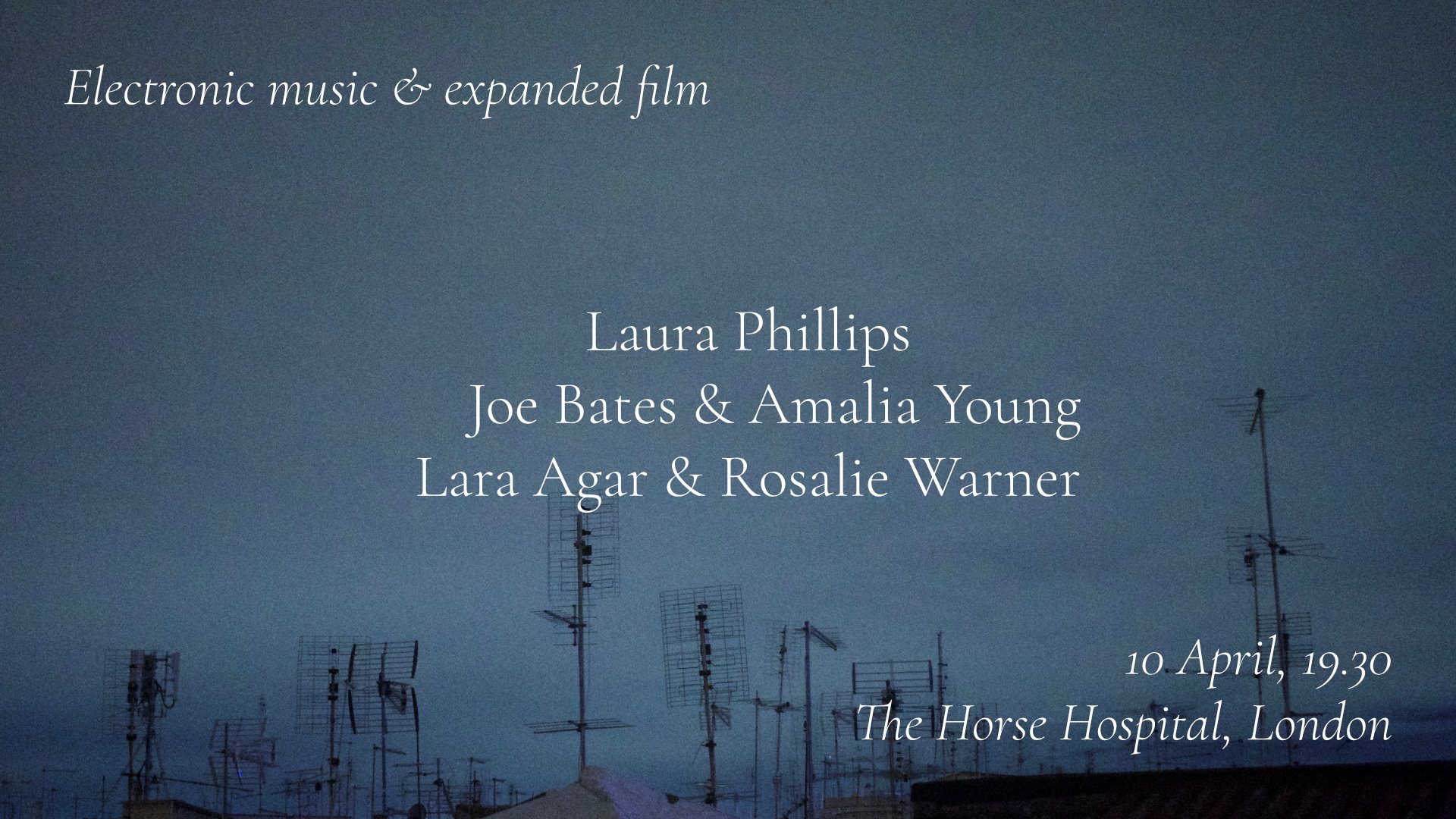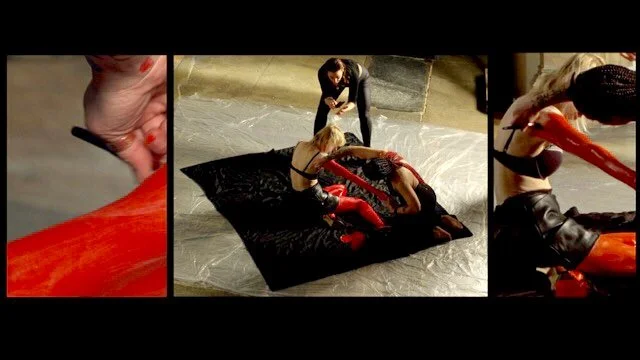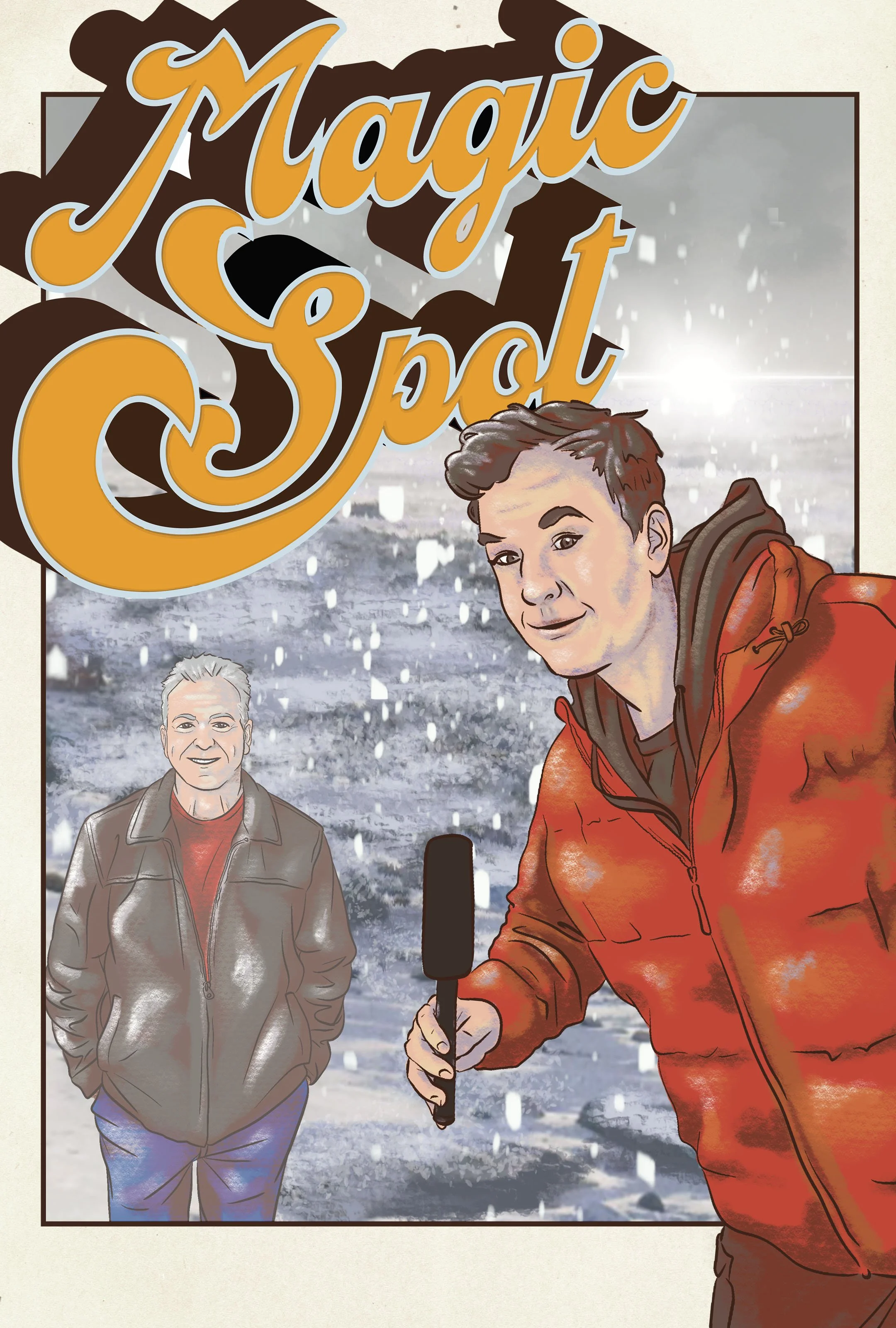The Bad Trip: Psychedelic Horror Cinema, 1967 - 1972 with instructor James Riley
7pm - 10pm
£12 advance / £15 on the door / £45 Season pass
Instructor: James Riley
In March 1966 Life magazine published ‘The Exploding Threat of the Mind Drug that Got Out of Control’, an article that covered the growing popularity of LSD use in America. Staff writer Gerald Moore was largely even-handed in his account, reporting that LSD could provide the user with ‘beatific serenity and shimmering insight’. However, he struck a darker, more cautionary tone when he described the case of an unnamed ‘teen-age girl’ who attended a Hollywood ‘acid party’. According to Moore, she took LSD and then suffered a bad trip: ‘a sudden vision of horror or death which often grips LSD users when they take it without proper mental preparation.’
Within psychedelic culture the threat of the bad trip hovers like an ominous presence. Psychedelic or ‘Mind-clearing’ drugs may promise wisdom, visionary insight or a fabulous holiday for the brain, but they can also release the horrors of the id, tear the veil of sanity and pull you into the void.
As psychedelic culture took root into the public imagination, film-makers of the mid to late 1960s, drew heavily on its visual language. From the art-house to the drive in; Conrad Rooks’ Chappaqua (1966) to Ed Mann’s Hallucination Generation (1966), cinema variously made use of and attempted to imitate the sensory intensity of the stereotypical acid trip: polychromatic colours, spatial-temporal distortion and strange, surreal encounters. However, as this class will explore by way of an illustrated talk, it was the horror cinema of the period that made the most productive and imaginative use of psychedelic imagery. Films like Michael Reeves’ The Sorcerers (1967), Vernon Sewell’s Curse of the Crimson Altar (1968) and Daniel Haller’s The Dunwich Horror (1970) vividly rendered ‘sudden vision (s) of horror or death’ in scenes that carried a distinctly acid-tinged ambience. These cinematic bad trips are gateways to inner space and terrifying psychic landscapes. Along with other examples by directors including José Mojica Marins, Ray Danton and ‘J.X. Williams’, they signify a preoccupation with a horror of the mind, not of the body.
With reference to writers including Aldous Huxley and Timothy Leary this class will chart the emergence of psychedelia across the Sixties and will examine the incorporation of its visual language in horror cinema during the period 1966-1972. Rather than seeing the films in question as acts of exploitation, the talk will frame them as radical works of acid horror, a from which in the case of The Dunwich Horror is used to conjure the cosmic vertigo integral to H. P. Lovecraft’s writing. Further, the talk will also read back from the films to the wider drug culture to uncover a sense of horror underpinning the psychedelic experience as a whole.
Named for the fictional university in H.P. Lovecraft’s literary mythos, The Miskatonic Institute of Horror Studies is an international organization that was founded by film writer/programmer Kier-La Janisse in March of 2010 and now has branches in London and New York. Miskatonic London operates under the co-direction of Kier-La Janisse and Josh Saco.
All classes take place at the historic Horse Hospital, the heart of the city’s underground culture. Full semester passes are £45. Individual class tickets are £10 advance / £11 on the door / £8 concessions.
For full details of the next courses please check the Miskatonic website.
For all enquiries, please email Miskatonic.london[at]gmail.com.




